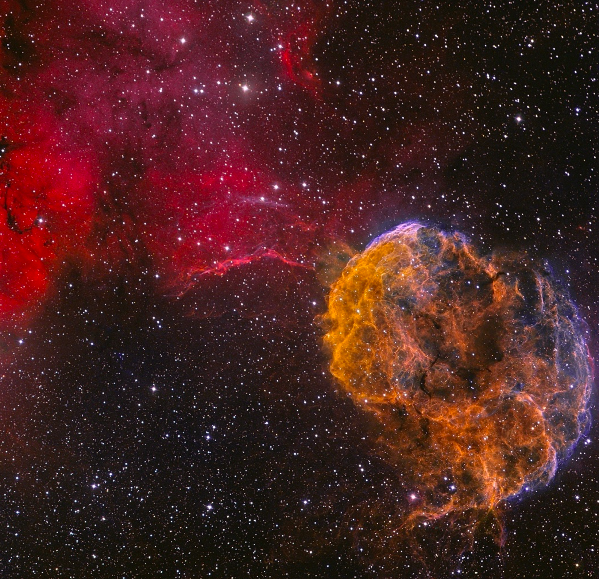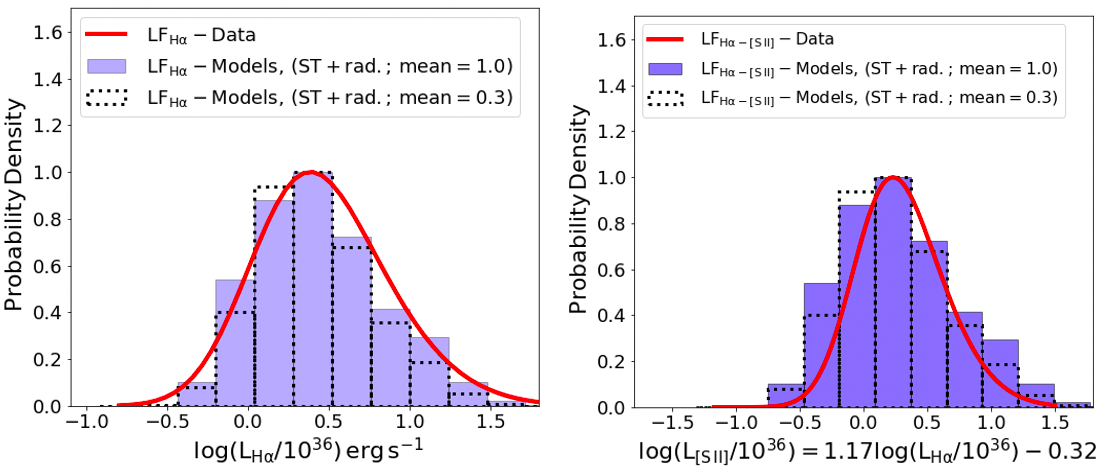Understanding Supernova Remnants as populations
Supernova remnants are the final act in the life of a massive star which ends with a violent explosion. They consist of the material released during the stellar explosion, which is traveling with supersonic speeds in the interstellar space.

Supernova remnants play a major role in the galactic ecosystem by transferring the heavy elements that are formed in the cores of their progenitor stars into the interstellar space. In addition, their shock waves interact with the surrounding interstellar material and they heat it. Therefore, the study of the populations of supernova remnants in our Galaxy, and in other nearby galaxies gives us crucial information on the effect of dying stars in the interstellar medium. A tool that is used to describe the populations of supernova remnants is the distribution of their luminosity in different spectral lines or bands of the electromagnetic spectrum. Owing to sensitive instruments and large-scale surveys such data are becoming available for increasingly more galaxies.
A work published in the Monthly Notices of the Royal Astronomical Society, led by Dr. Maria Kopsacheili, member of the Institute of Astrophysics, presented the first such model. Other authors of this work are Dr. Ioanna Leonidaki, postdoctoral fellow at the Institute, and Prof. Andreas Zezas, affiliated faculty member. This work presents a framework for calculating theoretical luminosity distributions of the Hα emission of supernova remnants, but also joint distributions of the Hα and the [SII]λλ6716,6735 A lines.

The modeled distributions show remarkable agreement with those observed in nearby galaxies. This methodology provides a powerful tool for modeling the populations of supernova remnants, understanding their complex evolution in the context of their surrounding material, and calculating the total kinetic energy that is injected into the interstellar medium, a key element for models of galaxy evolution.
Articles:
- "Optical emission-line luminosity function models for populations of supernova remnants", Κopsacheili M., Zezas A., & Leonidaki I., 2022, MNRAS, 514, 3260
- "The supernova remnant populations of the galaxies NGC 45, NGC 55, NGC 1313, NGC 7793: luminosity and excitation functions", Κopsacheili M., Zezas A., & Leonidaki I., 2021, MNRAS, 507, 6020
